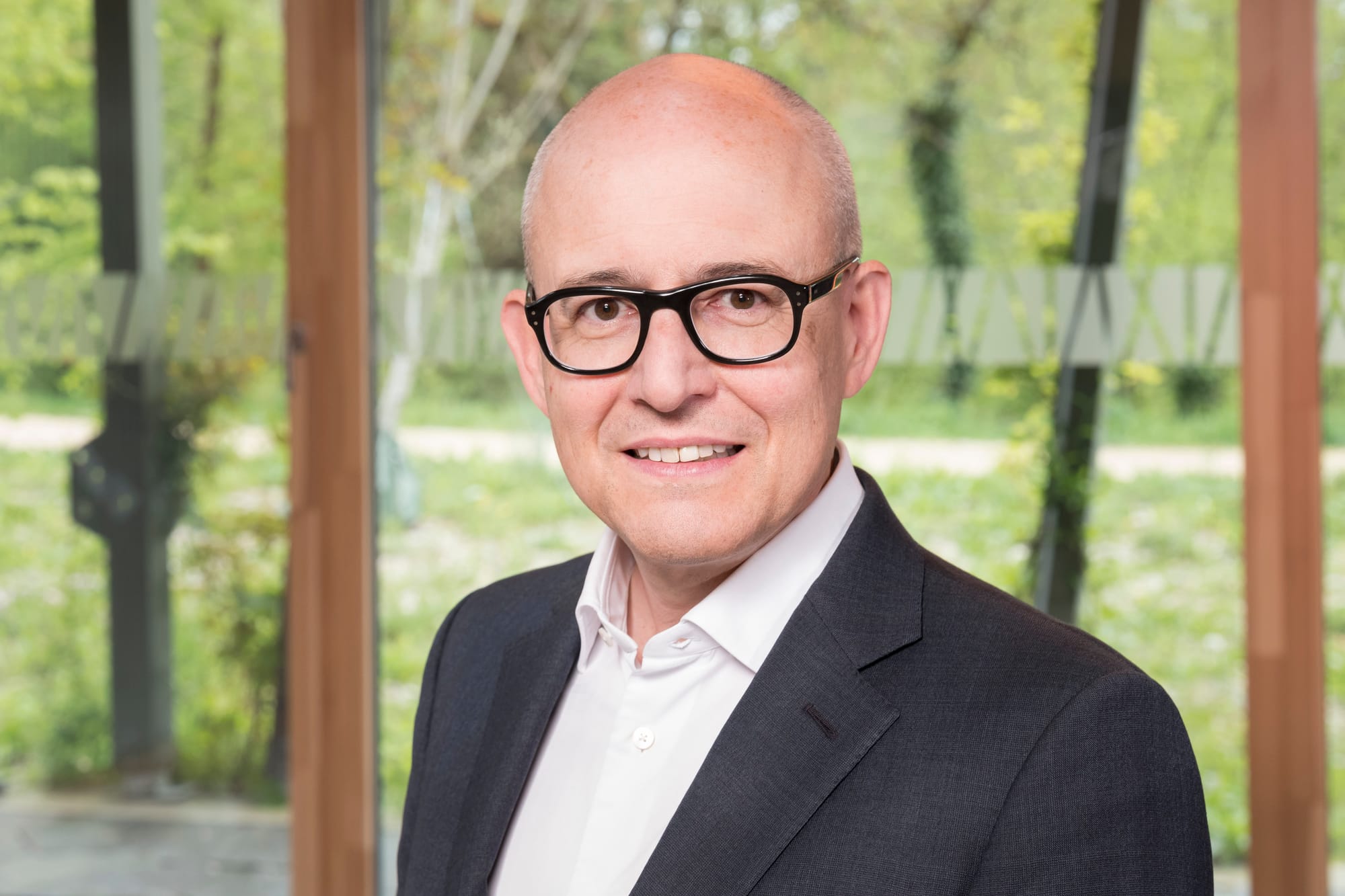In June 2025, Federal Councillor Albert Rösti signs an agreement with Norway, authorizing Switzerland to export and then store CO₂ there. For several years, the Intergovernmental Panel on Climate Change (IPCC) has considered carbon capture and storage a necessary avenue to achieve the goals of the Paris Agreement. The Federal Council shares this view: it estimates that by 2050, 12 million tonnes of CO₂-equivalents that are "hard-to-avoid" will still be emitted each year in our country and will have to be neutralized one way or another.
The Swiss people have already spoken on the matter. The Climate Law, widely accepted in a vote in June 2023, introduces the notion of "negative emission technologies", defined as "processes and techniques aimed at extracting CO₂ from the atmosphere and permanently fixing it in forests, soils, wood products or other carbon sinks". Yet, during the campaign, this aspect went unnoticed.
Costly and uncertain processes
Let us briefly return to the issues posed by these "negative emission technologies". According to the Federal Council, of the 12 million tonnes of CO₂-equivalents that are "hard-to-avoid", 5 million will come from the cement industry and the incineration of fossil-origin waste. These emissions can be captured directly at their place of production, then transported and stored, either by mineralization in geological sites, or by injection into underwater rock cavities. The problem: due to Switzerland's limited geological storage potential, a large part of this CO₂ will have to be exported, requiring significant infrastructure in the rail and maritime networks, but also in the form of pipelines.
In addition, there are 7 million tonnes of CO₂-equivalents "hard-to-avoid" related to agriculture and aviation. These emissions cannot, this time, be collected at source and will have to be compensated by extraction and storage processes. The advantage: a technology minimizing transport with CO₂ that can be extracted from the atmosphere close to its storage site. The disadvantage: a technology that is still immature, expensive and, above all, energy-hungry.
Admittedly, other less spectacular techniques still exist. CO₂ can, for example, be stored in construction materials or transformed into biochar by pyrolysis, then incorporated into soils. Their potential remains limited, however. As for other natural carbon sinks — forest management or wetland preservation — their absorption capacity is difficult to assess and, above all, can be reversible.
There is therefore no miracle recipe. Neutralizing these excesses of CO₂ will require considerable technical, logistical and financial efforts from Switzerland.
Manage our CO2 like our waste
There is therefore no miracle recipe. Neutralizing these excesses of CO₂ will require considerable technical, logistical and financial efforts from Switzerland. This context should prompt us to a more fundamental reflection, even to a true change of perspective: why not consider our CO₂ emissions as waste and apply to them the principles already embedded in our legal frameworks?
For decades, Switzerland, like many other Western countries, cheaply got rid of its waste by exporting it. The Basel Convention put an end to those practices. In the early 2000s, our country adapted its legislation to impose local waste management, as well as very strict limits on exports. Managing the waste we produce ourselves now seems obvious: we thus assume our responsibilities. Shouldn't we treat our CO₂ emissions in the same way?
This would imply a real paradigm shift: rather than defining a quantity of "hard-to-avoid" CO₂ emissions and then attempting, by all technical and financial means, to neutralize them — including by exporting them — shouldn't we start by assessing the amount of residual emissions we would be able to manage ourselves, then reduce our emissions accordingly?
The notion of "hard-to-avoid" also deserves to be questioned and debated, because it probably has a political component. Currently, Switzerland emits about 41 million tonnes of CO₂-equivalents per year. By stating that there will remain, in 2050, 12 million tonnes that are difficult to eliminate annually, our country is effectively giving up on reducing 29% of its current emissions at source. This figure is high in a European comparison: Germany plans, at the same date, to capture and store only 9% of its current emissions.
The share of emissions that the European Union considers "non-compressible" is also much lower, since it represents 12.5% of its current emissions. Switzerland thus makes itself, by comparison, particularly dependent on expensive and still unfinished carbon capture and storage technologies, as well as on the willingness of third countries to host its CO₂. Is that really a good solution?
Each tonne of CO₂ avoided at source, rather than having to be captured and stored, will reduce our investments in costly technologies and infrastructures, while strengthening our autonomy, to the benefit of all.
Reduce rather than capture and store
Our country should have the political courage to reduce a larger share of its emissions at source. This is already an essential principle of our waste management: avoid producing as much as possible before seeking a way to treat it. Solutions offered by the circular economy could help us reduce both the amount of waste incinerated and our cement consumption, notably by promoting the reuse of materials. And if we favour building with wood rather than concrete, we would not only avoid CO₂ emissions at source, but we would also store carbon at lower cost in our buildings.
There is also room to reduce emissions related to aviation and agriculture. Even if recreational aviation and a high meat consumption are today considered by many as acquired rights, one can hope that habits will evolve over the years toward more moderation. A judicious adaptation of the framework conditions could contribute to this.
Each tonne of CO₂ avoided at source, rather than having to be captured and stored, will reduce our investments in costly technologies and infrastructures, while strengthening our autonomy, to the benefit of all. A portion of our emissions is certainly "hard-to-avoid", but it is probably even more difficult to capture, transport and store…
A motion calling for the creation of specific legislation on carbon capture and storage was accepted by Parliament this spring. The subject will be addressed as part of post-2030 climate policy. Let us hope that the opportunity to hold a real public debate this time will not be missed. It is not too late.
This article has been automatically translated using AI. If you notice any errors, please don't hesitate to contact us.




